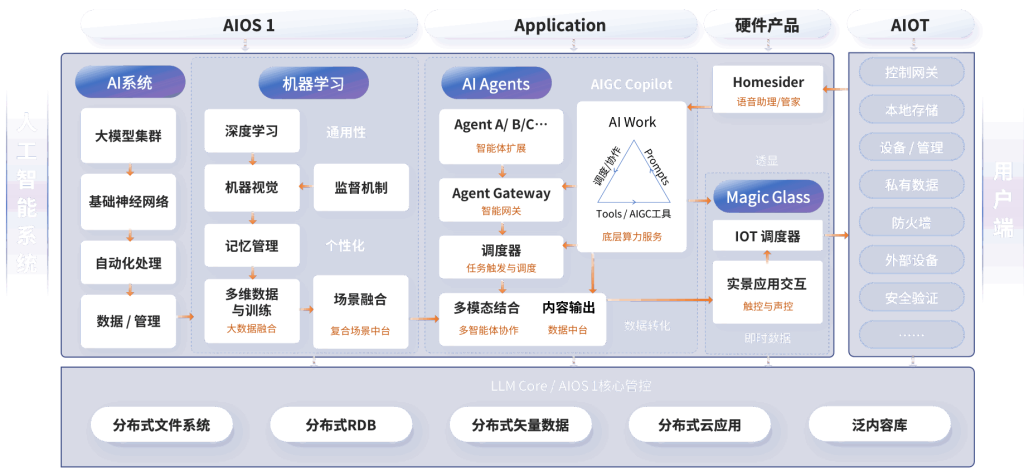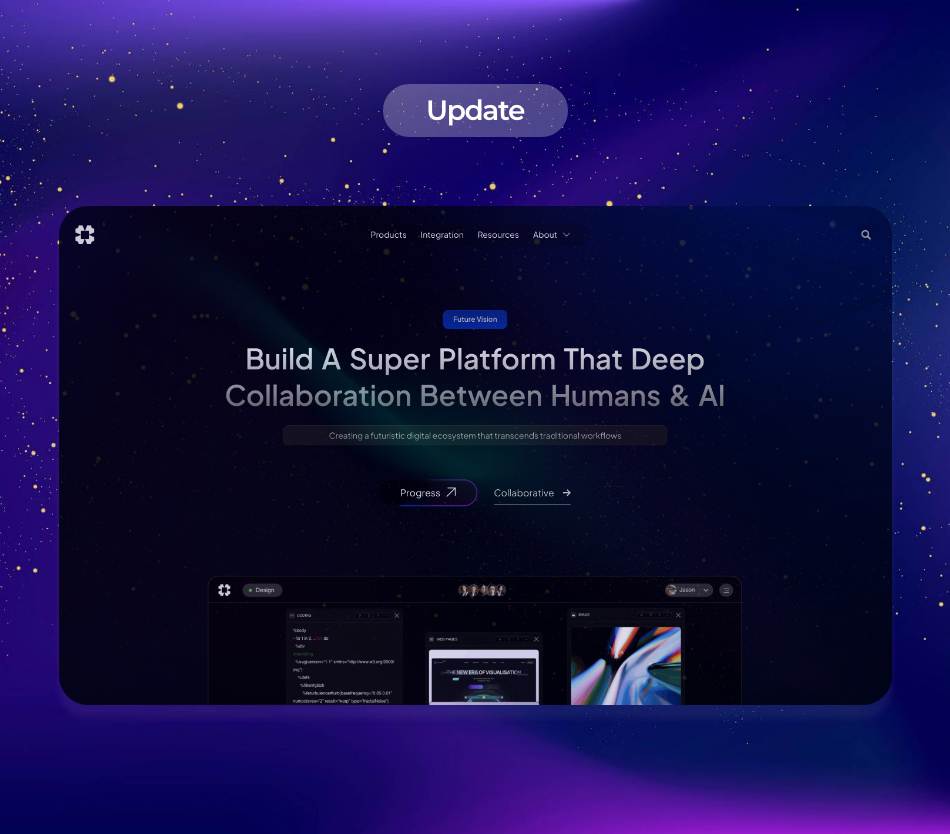The supply chain industry has long been characterized by complexity and challenges, from managing inventory to optimizing logistics. However, recent advancements in artificial intelligence (AI) offer transformative solutions to enhance operational efficiency and reduce costs. The application of AI in supply chain optimization is seen as a game-changer, providing companies with cutting-edge tools and insights. In this article, we will explore how AI is reshaping supply chain management, focusing on notable companies like Brain Corp and Syntiant, and analyzing current trends, applications, and future directions.
.
**Understanding AI in Supply Chain Optimization**
Artificial intelligence encompasses a wide range of technologies, including machine learning, natural language processing, and robotics, that enable systems to identify patterns, make decisions, and automate processes. In the context of supply chains, AI can analyze vast amounts of data from various sources to provide real-time insights and predictive analytics, improving forecasting accuracy and demand planning.
.
The ability of AI to process data and learn from it allows organizations to optimize their operations in several ways. For instance, predictive analytics can foresee demand fluctuations, enabling companies to adjust their production levels accordingly. Moreover, AI can streamline logistics by optimizing delivery routes and managing warehouse operations more efficiently, thereby reducing lead times and enhancing customer satisfaction.
.
**Brain Corp: Pioneering Autonomous Robotics for Supply Chains**
One notable player in the AI supply chain optimization field is Brain Corp. Known for its development of autonomous robotic systems, Brain Corp has made significant strides in improving warehouse operations. Their flagship product, BrainOS, powers a range of autonomous mobile robots (AMRs) that can navigate complex environments, such as distribution centers and retail outlets.
.
Brain Corp’s robotic solutions are equipped with AI capabilities that enable them to learn and adapt to their surroundings. This means that as they operate, they continuously gather data, improving their navigation and operational efficiency over time. For example, their robots can autonomously perform tasks such as floor cleaning and inventory inspection, freeing human workers to focus on more strategic activities.
.
The integration of Brain Corp’s robotic solutions can lead to substantial cost savings for companies. By automating mundane tasks, organizations can reduce labor costs while increasing throughput and efficiency. Furthermore, these robots operate around the clock, providing a continuous workflow that traditional labor cannot offer. As a result, companies are experiencing improved operational efficiencies and heightened productivity.
.
**Syntiant: Pioneering Edge AI for Supply Chain Applications**
While Brain Corp focuses on robotics, Syntiant is transforming the supply chain landscape through edge AI technology. Their innovative chip technology and deep learning algorithms enable devices to process data locally, thereby reducing latency and improving decision-making speed. This approach is particularly beneficial in supply chain settings where real-time data processing is crucial for efficiency.
.
Syntiant’s solutions can be integrated into various devices within the supply chain, from sensors on production lines to delivery drones. For instance, real-time data analysis from these devices can help monitor equipment health, predict maintenance needs, and optimize production schedules. This proactive approach enables organizations to minimize downtime and improve asset utilization.
.
Moreover, the edge AI capabilities offered by Syntiant allow supply chain stakeholders to make informed decisions in real-time, which is essential for responding to market changes rapidly. By leveraging Syntiant’s technology, companies can enhance their agility, reduce operational risks, and improve overall supply chain resilience.
.
**Current Trends in AI-Driven Supply Chain Optimization**
As AI technologies continue to evolve, several trends are emerging in the supply chain landscape. Firstly, the COVID-19 pandemic has accelerated the digital transformation process, prompting organizations to adopt AI-driven solutions to enhance resilience against disruptions. Companies are increasingly looking toward automation and predictive analytics as means to mitigate risks and ensure continuity.
.
Another trend is the growing emphasis on sustainability in supply chain operations. AI-powered tools help organizations identify inefficiencies and reduce waste, contributing to greener supply chain practices. For instance, AI applications can optimize routes for transportation fleets, reducing fuel consumption and emissions while improving delivery times.
.
Furthermore, collaboration between AI technology providers and supply chain stakeholders is becoming more common. As companies look to integrate AI into their operations, partnerships between software developers, hardware manufacturers, and end-users are crucial for developing tailored solutions that meet specific operational needs.
.
**Challenges in AI Adoption and Solutions**
Despite the numerous benefits AI offers for supply chain optimization, challenges remain in its widespread adoption. One significant hurdle is the resistance to change among traditional supply chain players who may be hesitant to invest in new technologies. Overcoming this resistance requires a strong business case, highlighting the potential ROI of AI-driven optimizations.
.
Another challenge is data management. Supply chain operations generate enormous amounts of data, and organizations must ensure they have the right systems in place to capture, store, and analyze this data effectively. Companies need to invest in robust data management strategies, including data cleaning and governance, to reap the full benefits of AI technologies.
.
Training and skill development also play a crucial role in the successful implementation of AI solutions. As technologies evolve, employees must be equipped with the necessary technical skills to operate and maintain AI systems. Companies should prioritize investing in training programs to ensure their workforce can adequately leverage AI technologies.
.
**The Future of AI in Supply Chain Optimization**
As AI continues to mature, its potential to revolutionize supply chain management is immense. Future developments may include even more sophisticated predictive analytics that can simulate various scenarios, enabling companies to make more informed decisions. Additionally, advances in machine learning could lead to more autonomous systems that require minimal human intervention.
.
Furthermore, AI applications in supply chains will likely expand beyond operational efficiency, encompassing areas such as supplier relationship management and customer experience enhancement. As organizations increasingly rely on data-driven insights, the integration of AI in supply chains will become integral to driving innovation and achieving competitive advantages.
.
**Conclusion**
AI for supply chain optimization is not merely a trend; it represents a fundamental shift in how organizations manage and streamline their operations. Companies like Brain Corp and Syntiant are at the forefront of this transformation, offering cutting-edge solutions that leverage AI to enhance efficiency and reduce costs. While challenges exist, the future of AI in supply chains is promising, with the potential for continued innovation and improved operational resilience. As the industry continues to embrace digital transformation, organizations that invest in AI technologies position themselves to thrive in an increasingly complex global marketplace.
.
**Sources:**
1. “The Role of AI in Supply Chain Management.” Harvard Business Review.
2. “Brain Corp: Transforming Robotics in Supply Chains.” Robotics Business Review.
3. “Syntiant: Empowering Edge AI Solutions.” VentureBeat.
4. “The Digital Supply Chain: A Guide to Leveraging AI.” McKinsey & Company.
5. “Sustainability and AI in Supply Chain Operations.” Supply Chain Dive.






















